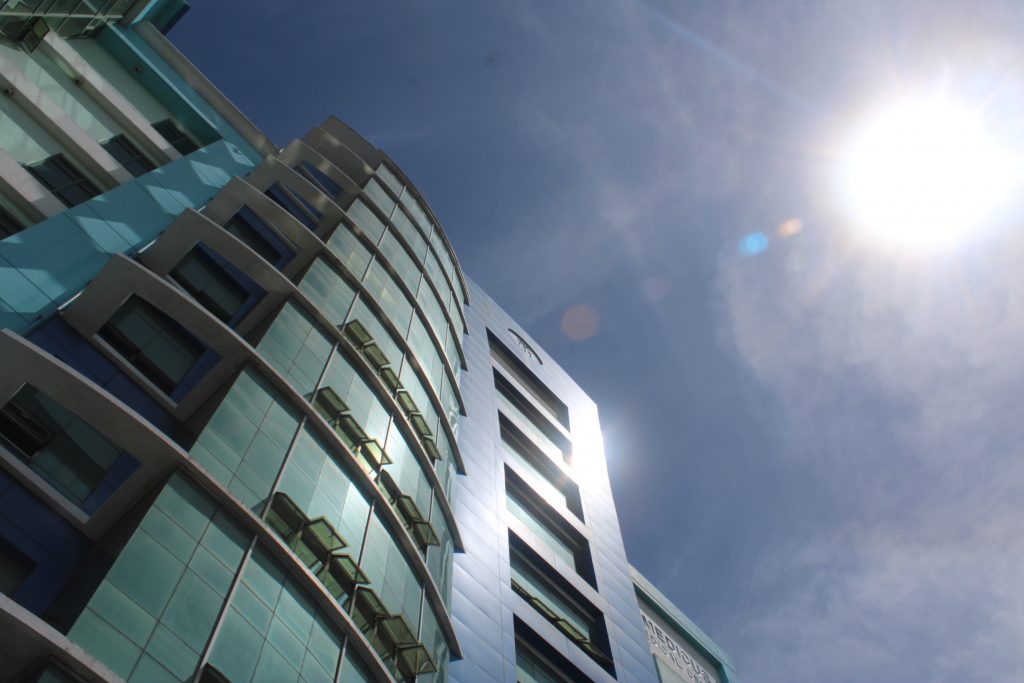Heat-related illness can occur when the body is unable to cool itself adequately.
Heat-related illness can occur when the body is unable to cool itself adequately. The body normally cools itself by sweating. In some situations, sweating isn’t enough, and body temperature rises. This can be associated with different effects ranging from a mild heat rash or cramps through to heat exhaustion or to the more severe and potentially fatal heatstroke. People can experience heat-related illness during periods of extreme heat in the summer. It can also occur in athletes or others during periods or physical exertion.

Image source: Medicus Medical Center
HEAT STROKE
Heatstroke is the most serious heat-related illness. It can be fatal. It develops when the body loses its ability to sweat and is unable to cool down. Body temperature rises to 41 C or higher. This can occur rapidly over a period of just 10-15 minutes. Warming signs include extremely high body temperature (above 39 C); red, hot, dry skin, although in some cases some sweating may still be evident; rapid pulse, throbbing headache; dizziness, and nausea.
WHAT TO DO?
If heat stroke is suspected, seek medical help immediately, as this is a life-threatening emergency. The body temperature must be reduced quickly. Move the person to a cool shaded area. Remove excess clothing. Immerse the person in a tub of cool water, ensuring more than just the extremities are cooled. Alternatively, place the person in a cool shower, spray with cool water from a hose or wrap the person in a cool, wet sheet and fan vigorously. Monitor the body temperature and continue cooling efforts until the body temperature drops below 38 C. Do not give the person fluids to drink unless you are confident they can swallow properly. If unconscious, place the person on their side and clear the airway. If medical attention is delayed, seek further instructions from ambulance or hospital emergency staff.
DID YOU KNOW?*
You can prevent heat-related illnesses! Here are some tips that may help:
- Drink plenty of fluids during hot weather – cool water is best
- Don’t wait until you are thirsty to drink – drink regularly during the whole day
- Urine color is a good guide to hydration – it should be clear to light straw-colored, not dark or golden
- Increase natural ventilation by opening windows and using fans
- Seek an air-conditioned environment if possible
- Monitor those at high risk – check elderly people twice a day
- Seek your doctor’s advice about predisposing medical conditions and medications
- Wear light-colored, loose-fitting clothing
- Pace yourself and limit strenuous outdoor activity
- Stay out of the sun
- Take a cool shower or bath
- Take time to adjust to the environment
- Never leave a child or elderly person alone in a car
- Avoid alcohol, coffee and other caffeinated drinks, and high sugar drinks
- Limit hot foods
*Taken from Philippine Daily Inquirer, May 22, 2012
